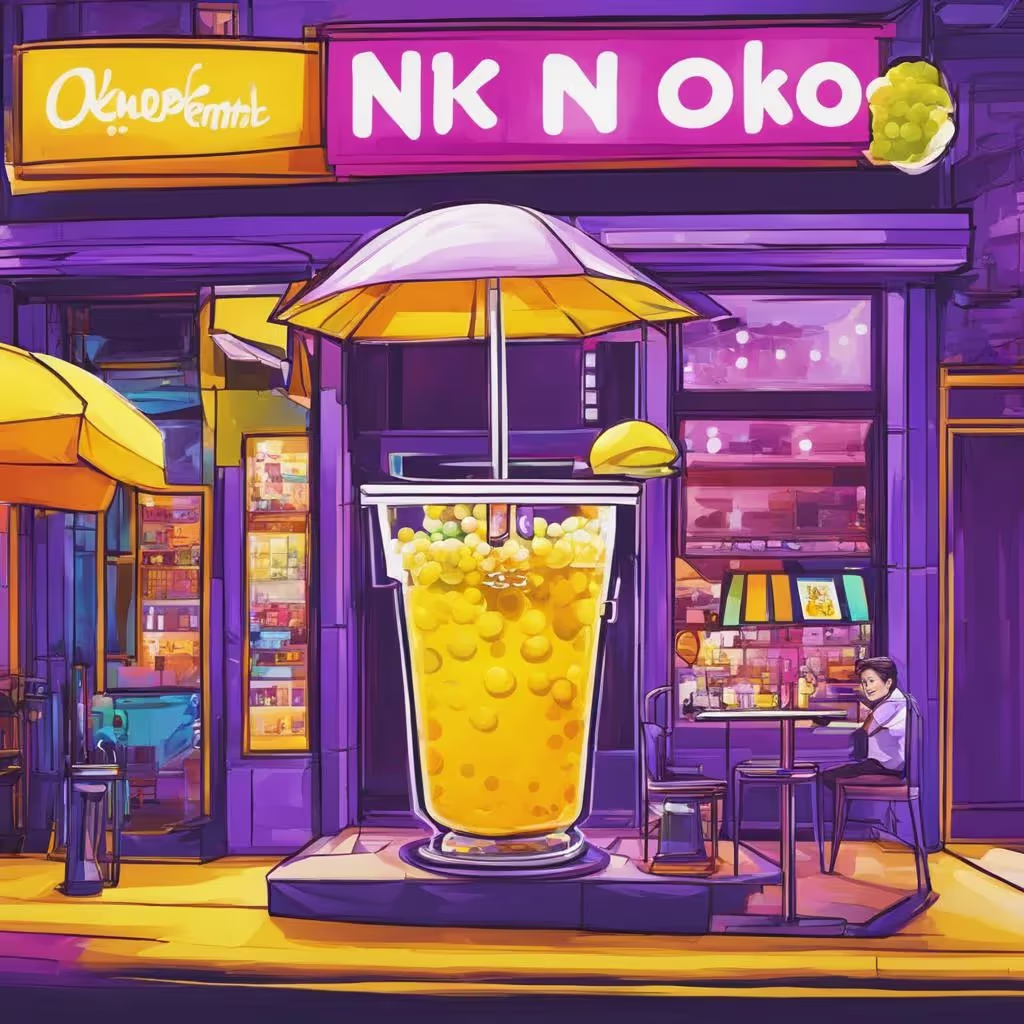As a marketer, you're always looking for new ways to reach your target audience. You need tools that make it easy to get your message out there, and that's where GraphQL comes in. GraphQL is a query language that allows you to easily access the data you need from multiple sources. This makes it a powerful tool for marketers, because it gives them the ability to tailor their messages to specific audiences. With GraphQL, you can target specific demographics and create custom campaigns that speak directly to your audience's needs.
In this article, we'll explore what GraphQL is and how it can help marketers reach their target audiences more effectively.
What Is GraphQL?
You've probably heard a lot about GraphQL lately. But what is it, exactly? GraphQL is a new API query language that allows frontend developers to query for backend data, irrespective of the API style or purpose. What this means is that you can get exactly the data you need, in the format you need it, without having to make multiple requests to the server. GraphQL is seen as a more efficient, flexible and powerful way of working with APIs than REST, and is language-agnostic. This makes it a great option for businesses that want to use multiple programming languages for their frontend and backend development. GraphQL also facilitates quick set up of updates to data with mutations. This makes it a great choice for businesses that want to keep their data in sync across different platforms and devices.

What Are the Benefits of GraphQL?
GraphQL offers some pretty impressive benefits over traditional REST API architectures. First, GraphQL is faster. Because you can specify exactly the data you need in a single request, you don't have to wait for multiple round-trips to the server. This makes GraphQL a more efficient way to get data, especially when dealing with large datasets. Second, GraphQL is easier to use. With REST API, you have to know the exact structure of the data you're asking for ahead of time. But with GraphQL, the structure is defined by the schema, so it's automatically generated for you. This makes it simpler and faster to develop client applications. GraphQL was developed by Facebook in an effort to overcome the limitations of REST API. And so far, it seems to be doing a pretty good job!
How Can Marketers Use GraphQL?
GraphQL was created by Facebook in 2012, and it has been gaining in popularity lately. Given the creator, now you can see why this matters for marketers.
First, GraphQL can help you get more data from the storage stage to the analytics stage, allowing you to get better insights from your information. Second, GraphQL makes omni-channel experiences easier to build. You can use a single GraphQL endpoint to power all of your marketing channels—including website, email, and mobile apps. Third, GraphQL makes personalization easier. You can use the data you gather about your customers to create custom experiences for them across all of your marketing channels.
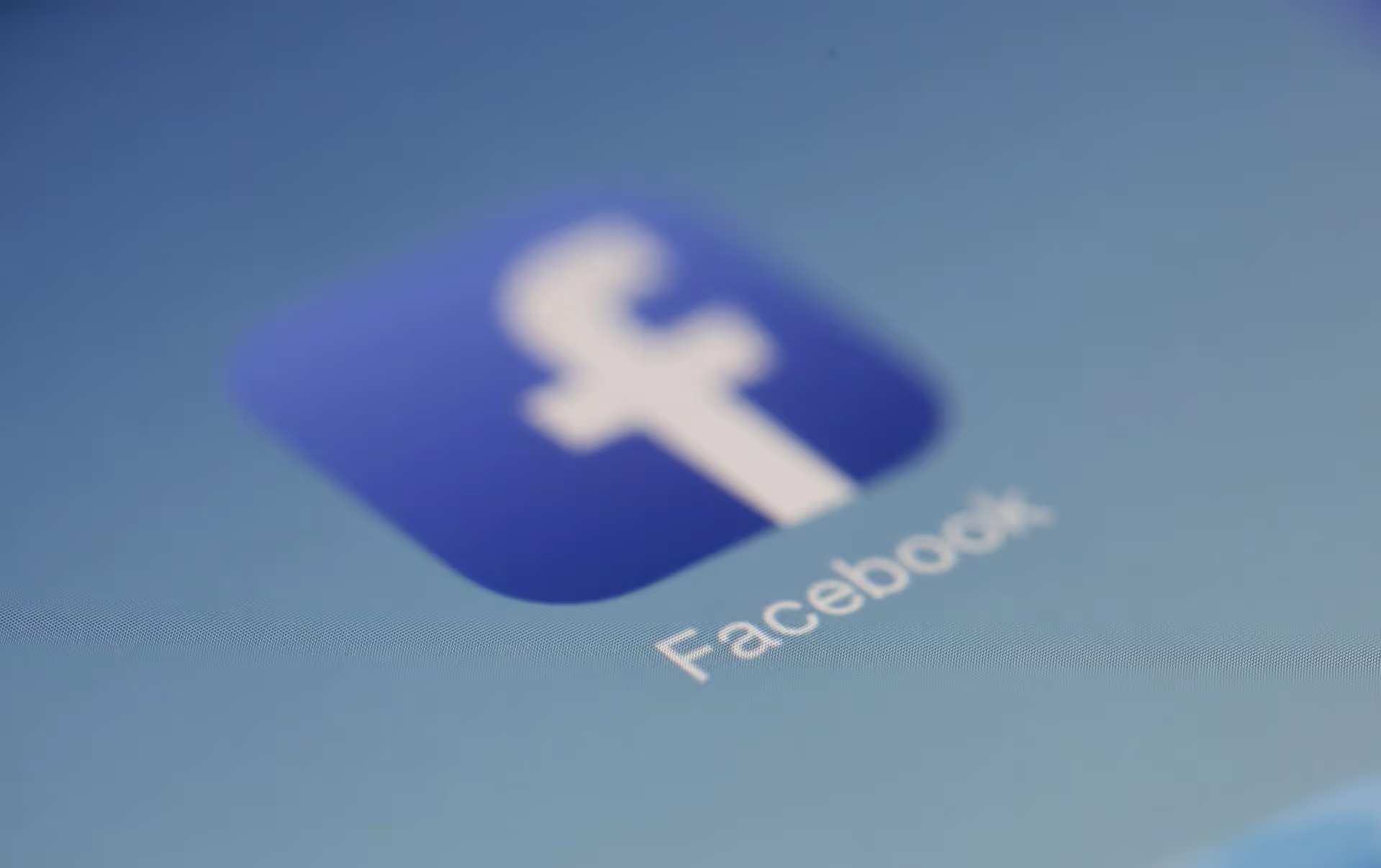
How Does GraphQL make personalization easier?
One of the biggest advantages of using GraphQL is personalization. GraphQL saves bandwidth and reduces waterfall requests by letting you ask for what you want in a single query. This means that you don't have to make multiple requests to the server in order to get all the data you need. Plus, GraphQL enables clients to request only the data they need, resulting in smaller payloads. This makes for a faster and more responsive user experience. In other words, GraphQL helps improve client-server interactions by enabling more flexibility and speed to market.
In Conclusion
If you're a marketer, then you know how important it is to have a fast and efficient API. GraphQL offers all of that and more. With GraphQL, you can make fewer calls to the server, which means your page will load faster. Plus, GraphQL offers more flexibility and speed than traditional APIs. If you're looking for a modern API that offers better performance and less calls to the server, then GraphQL is the right choice for you. Try it out and see the difference it makes for your website and marketing channels.


.webp)


.webp)
.png)
.webp)

.avif)
.webp)
.webp)
.webp)

.webp)

















.svg)





.svg)
.svg)
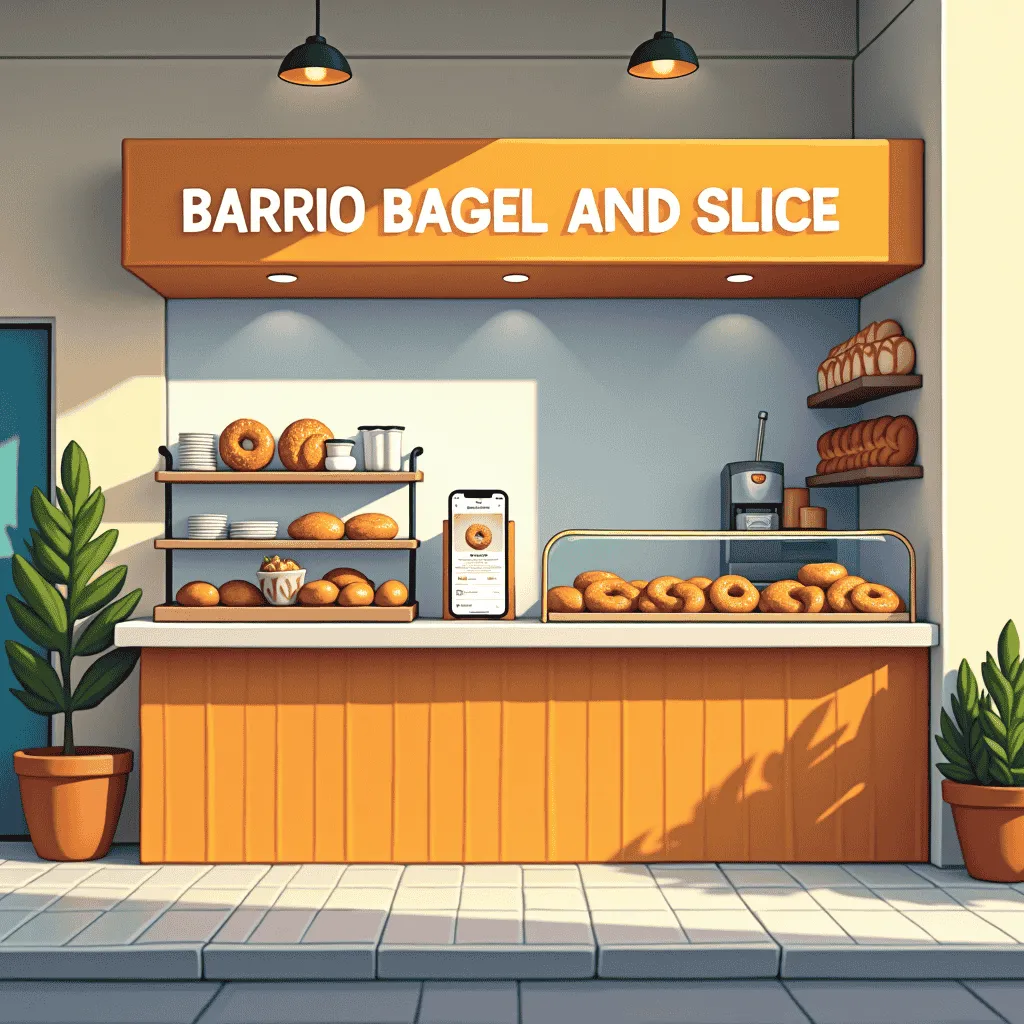

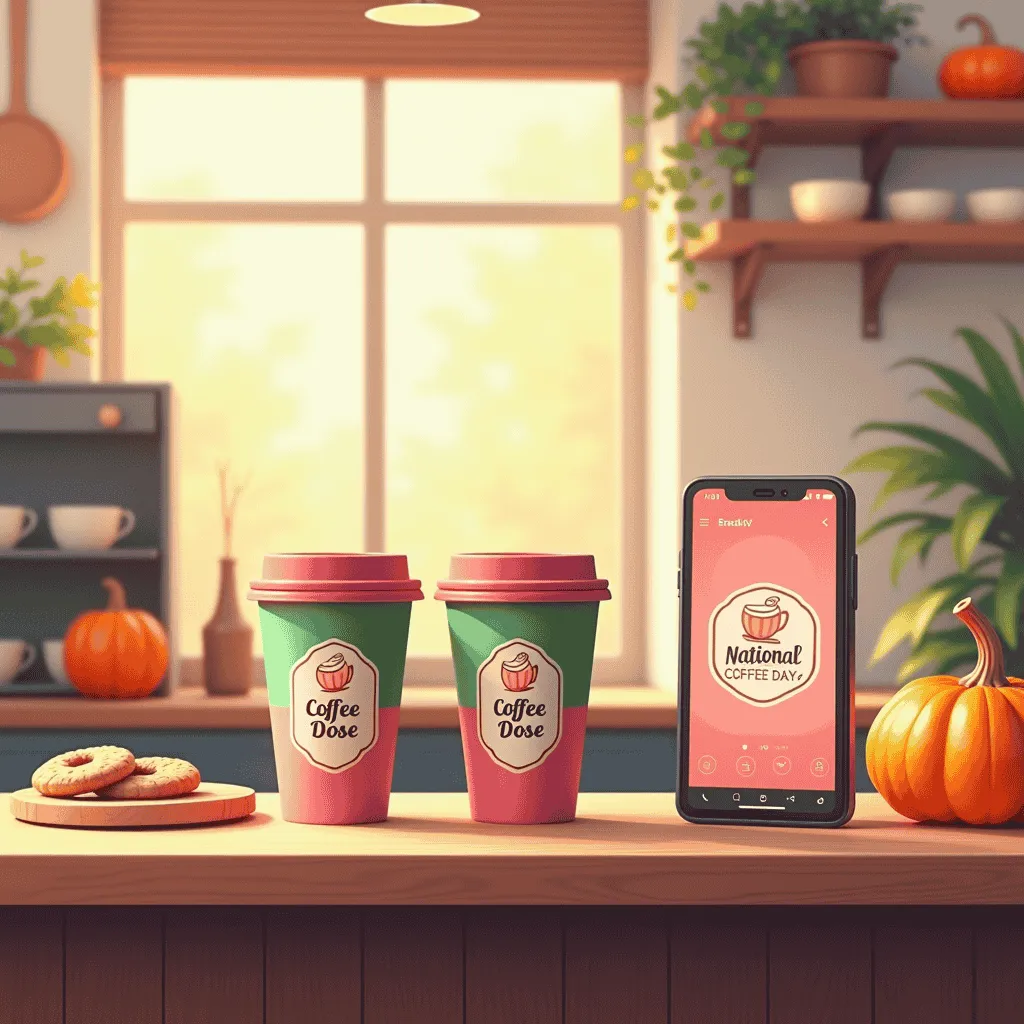

.avif)
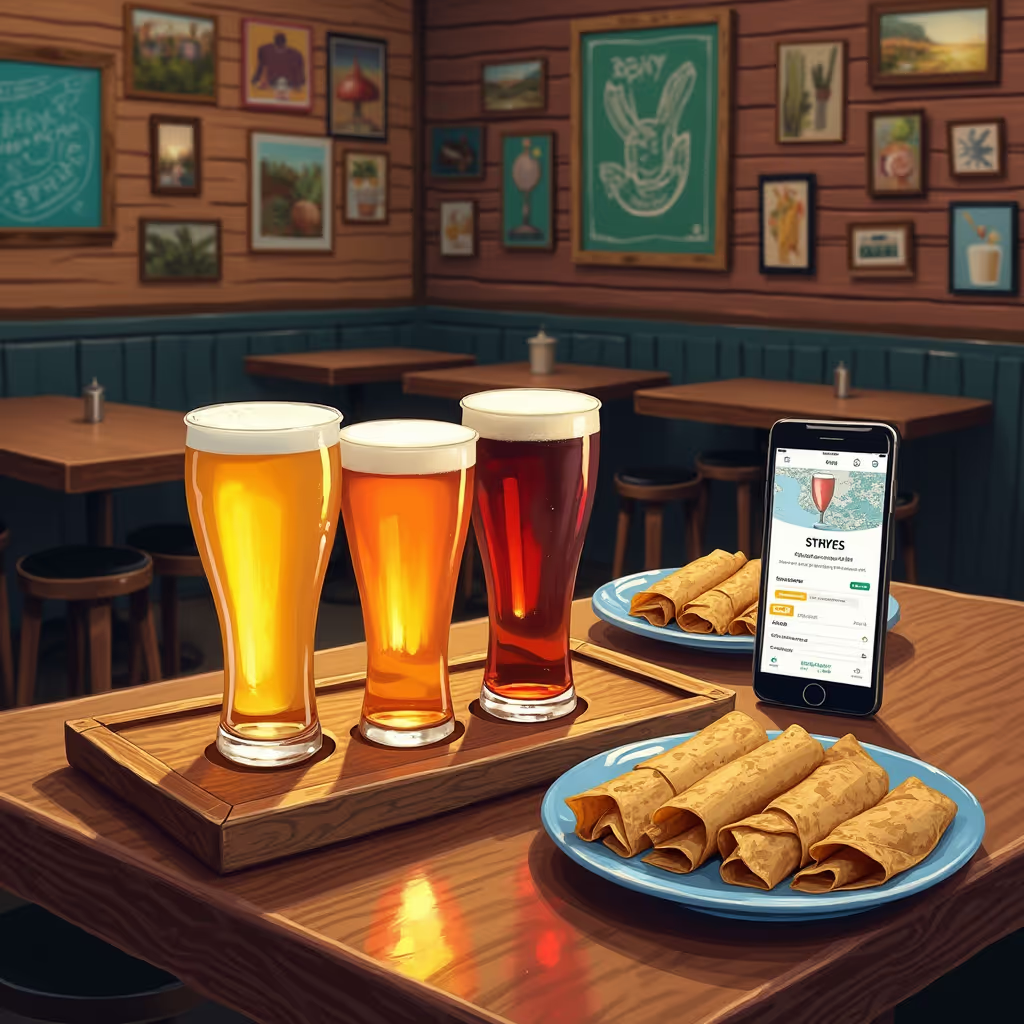
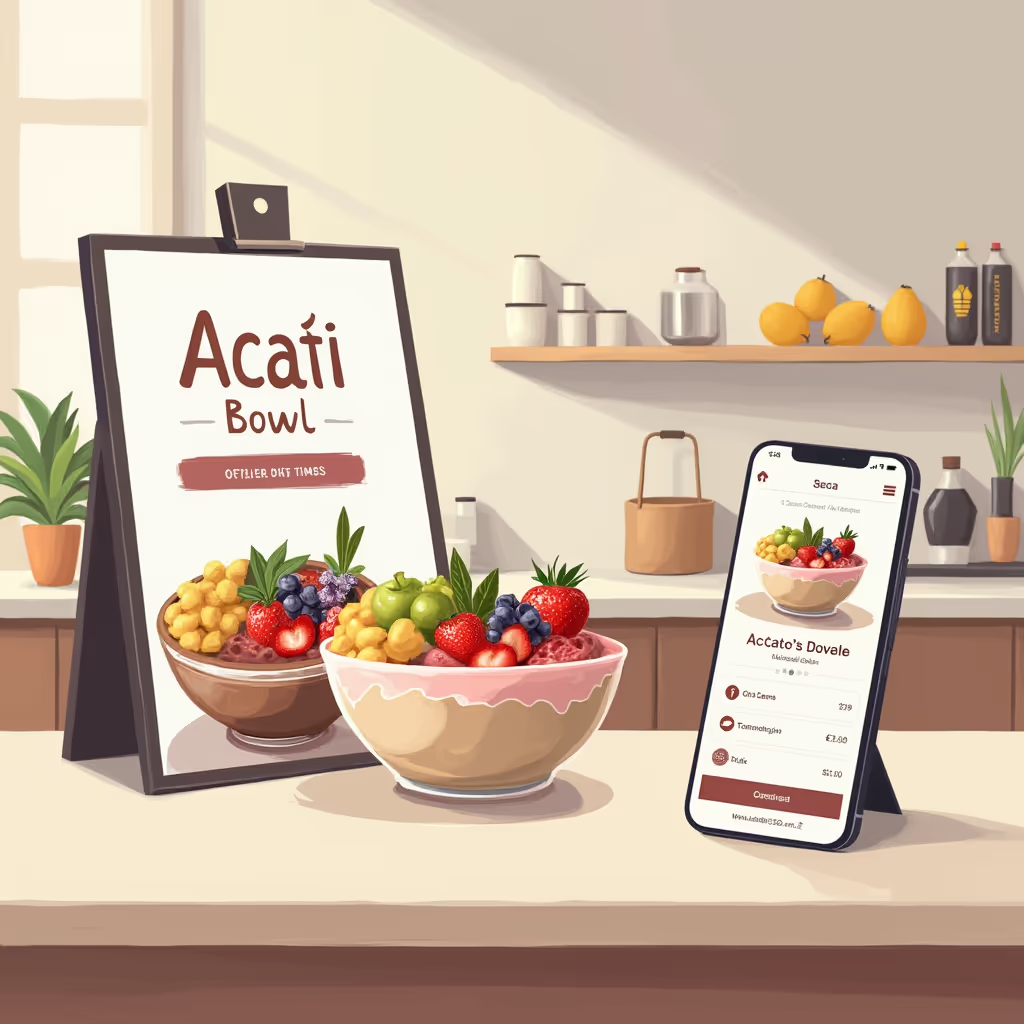

.avif)
.avif)
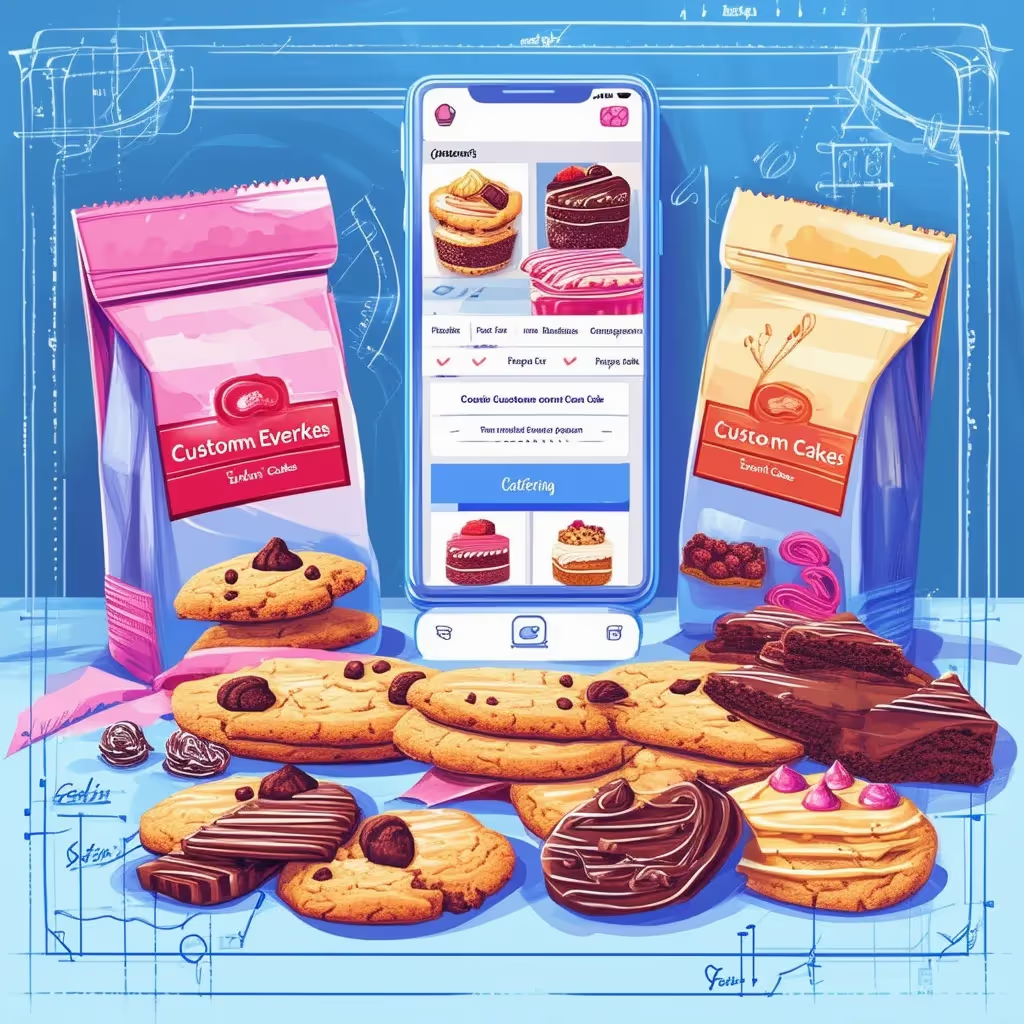
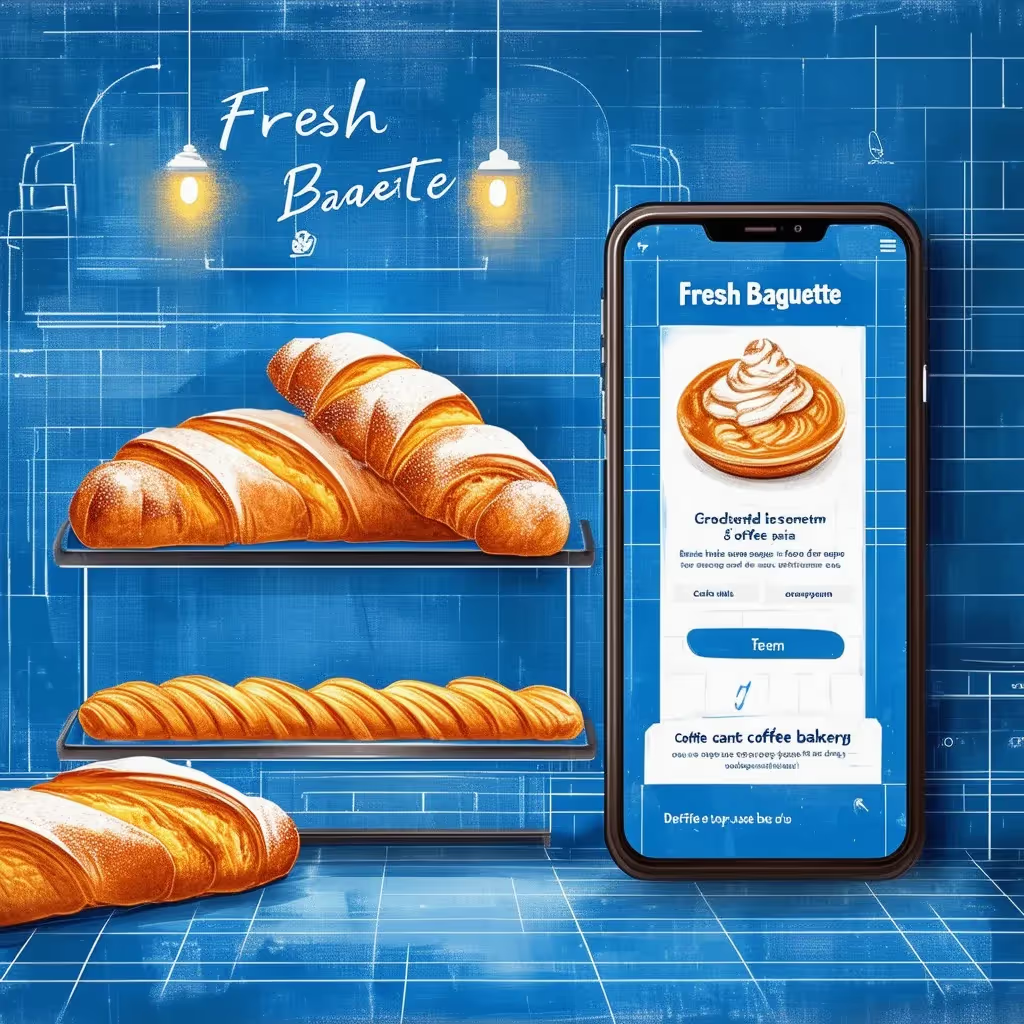
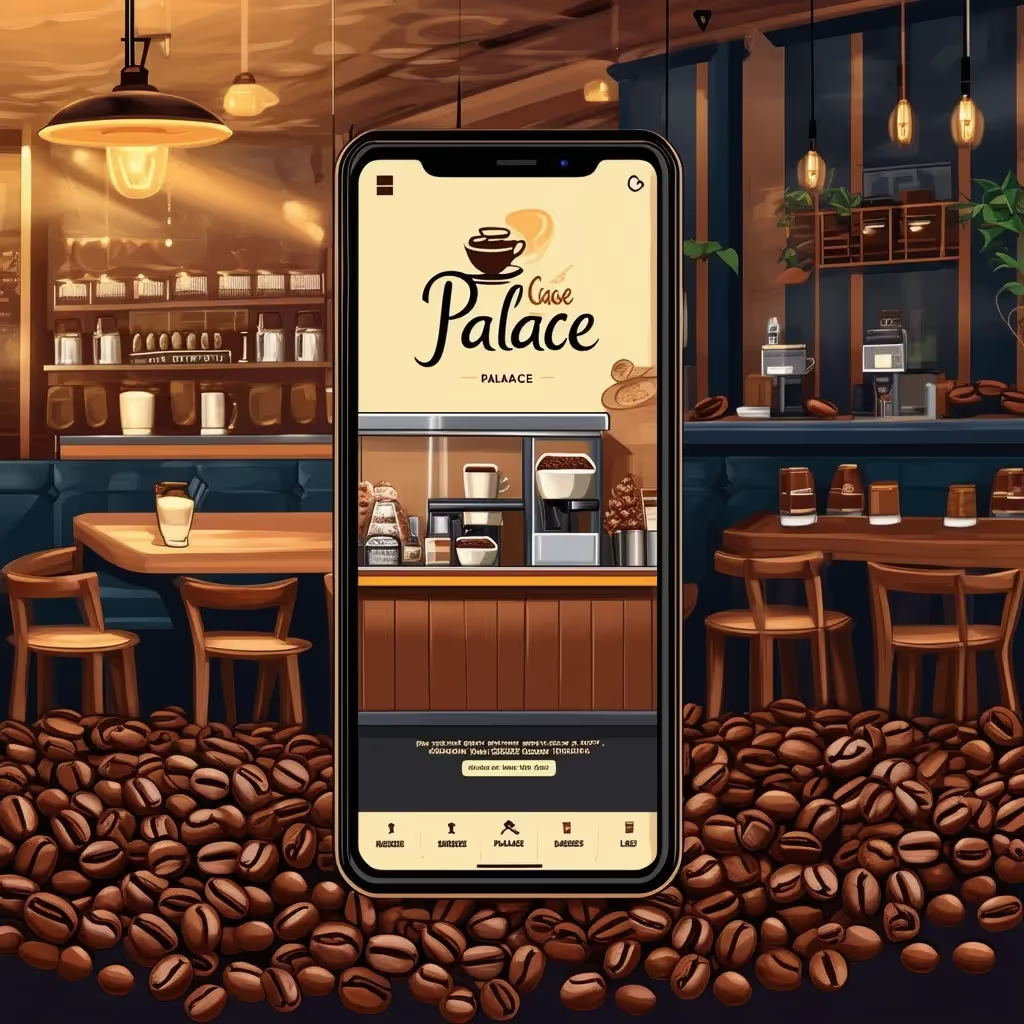

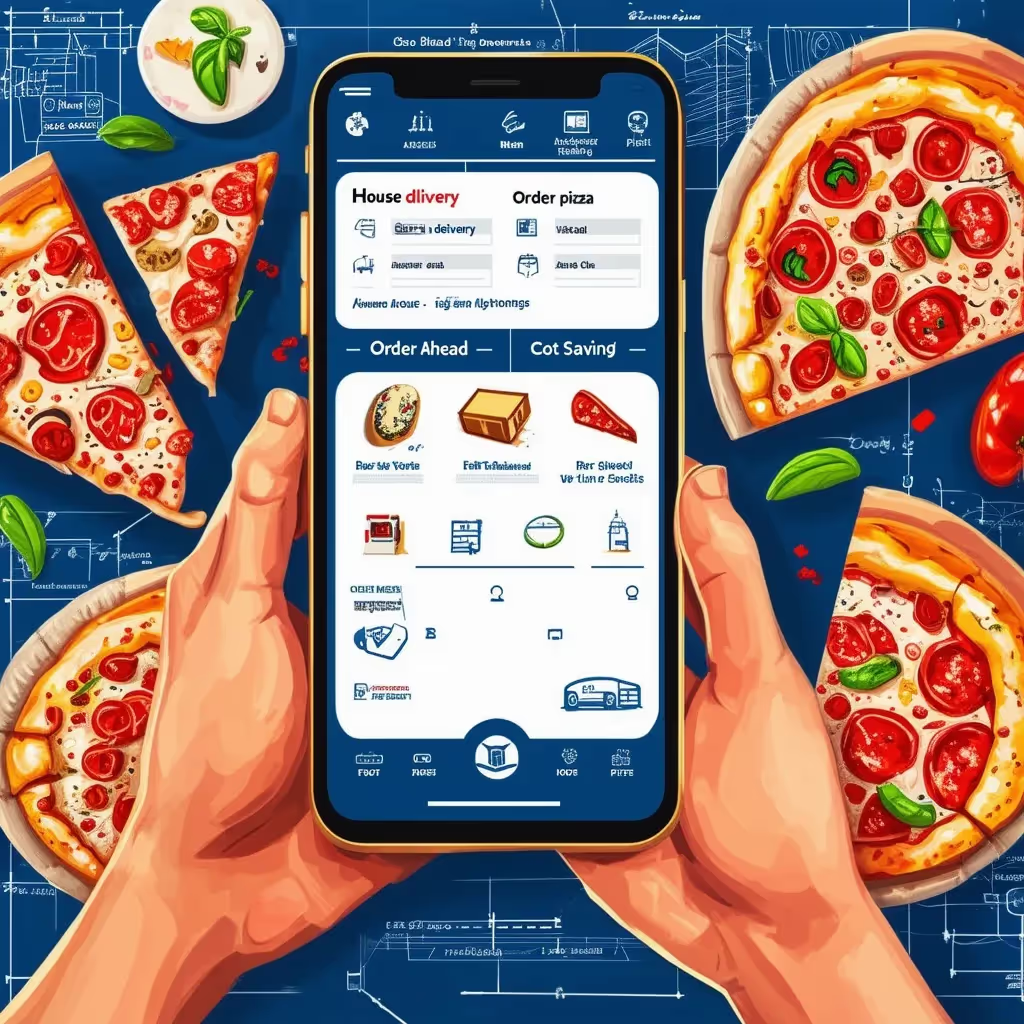



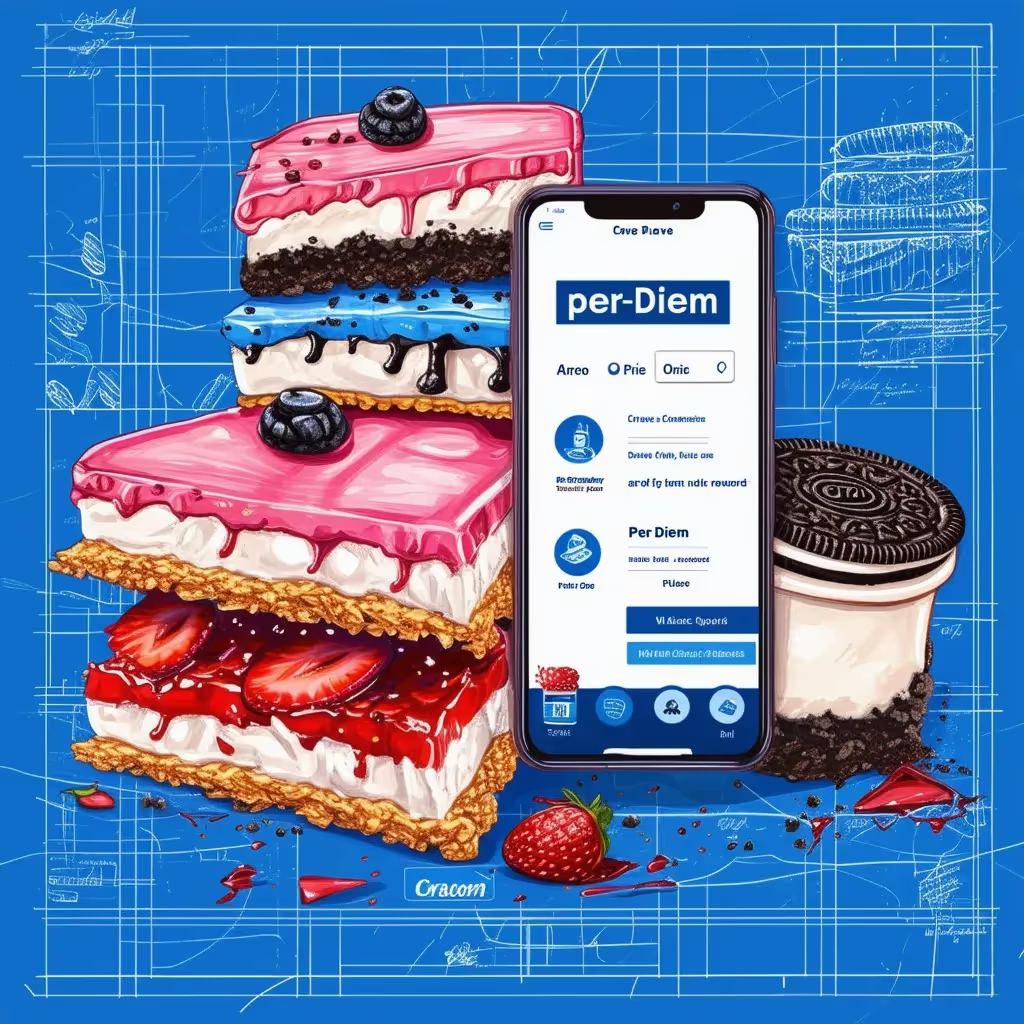
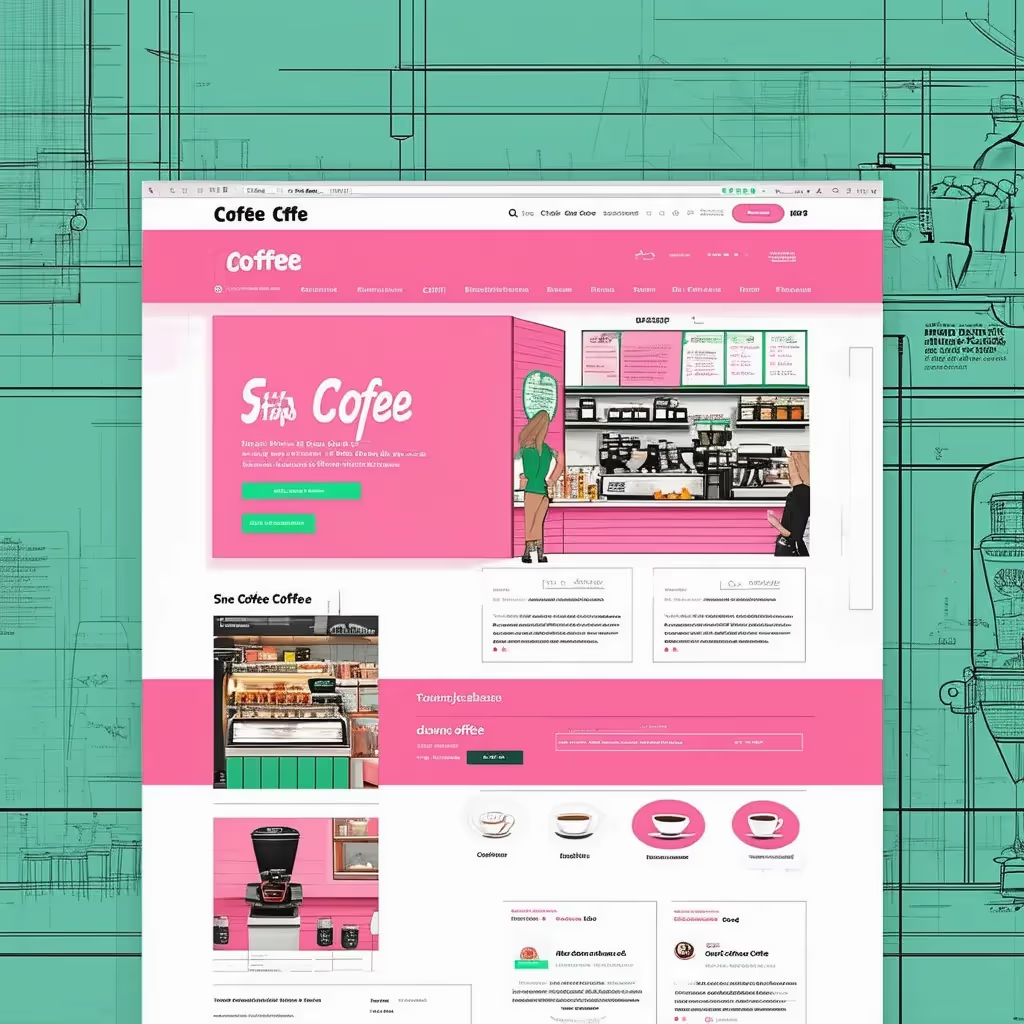
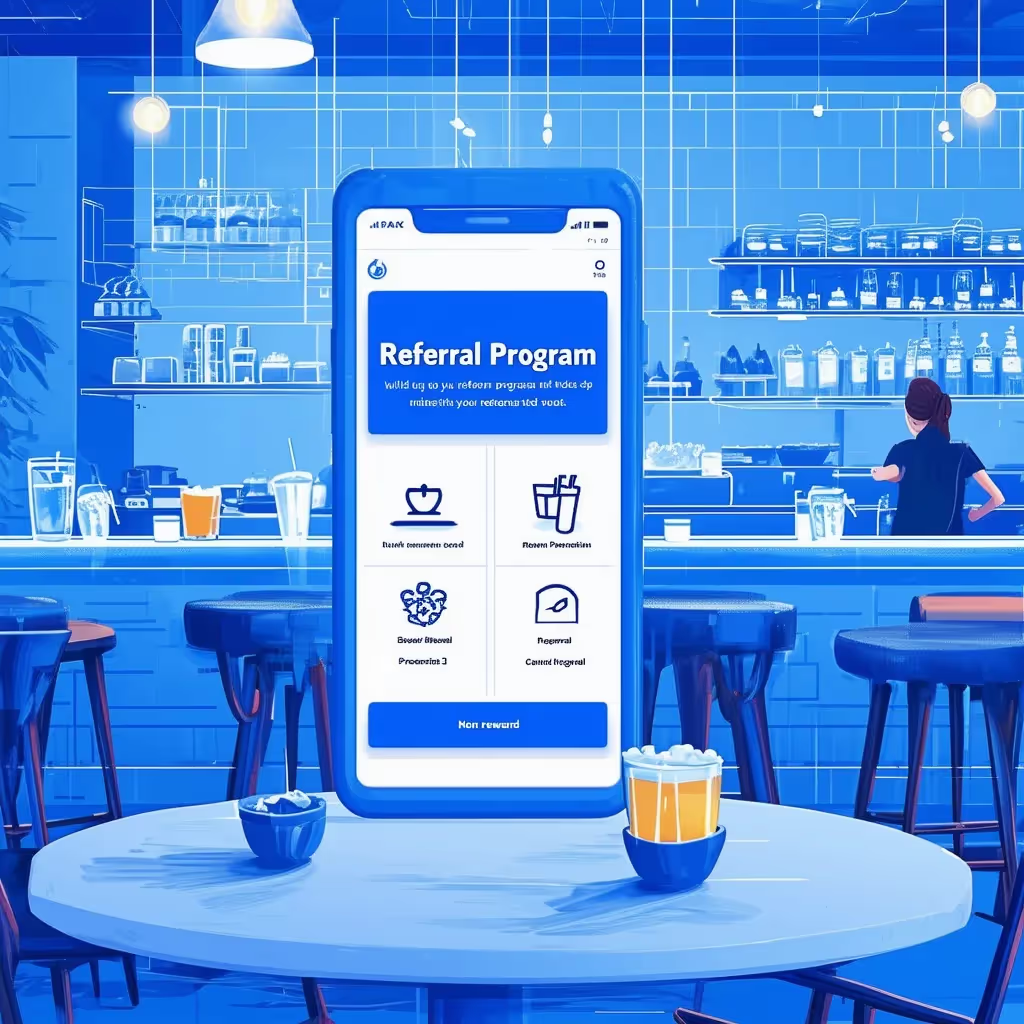





.avif)




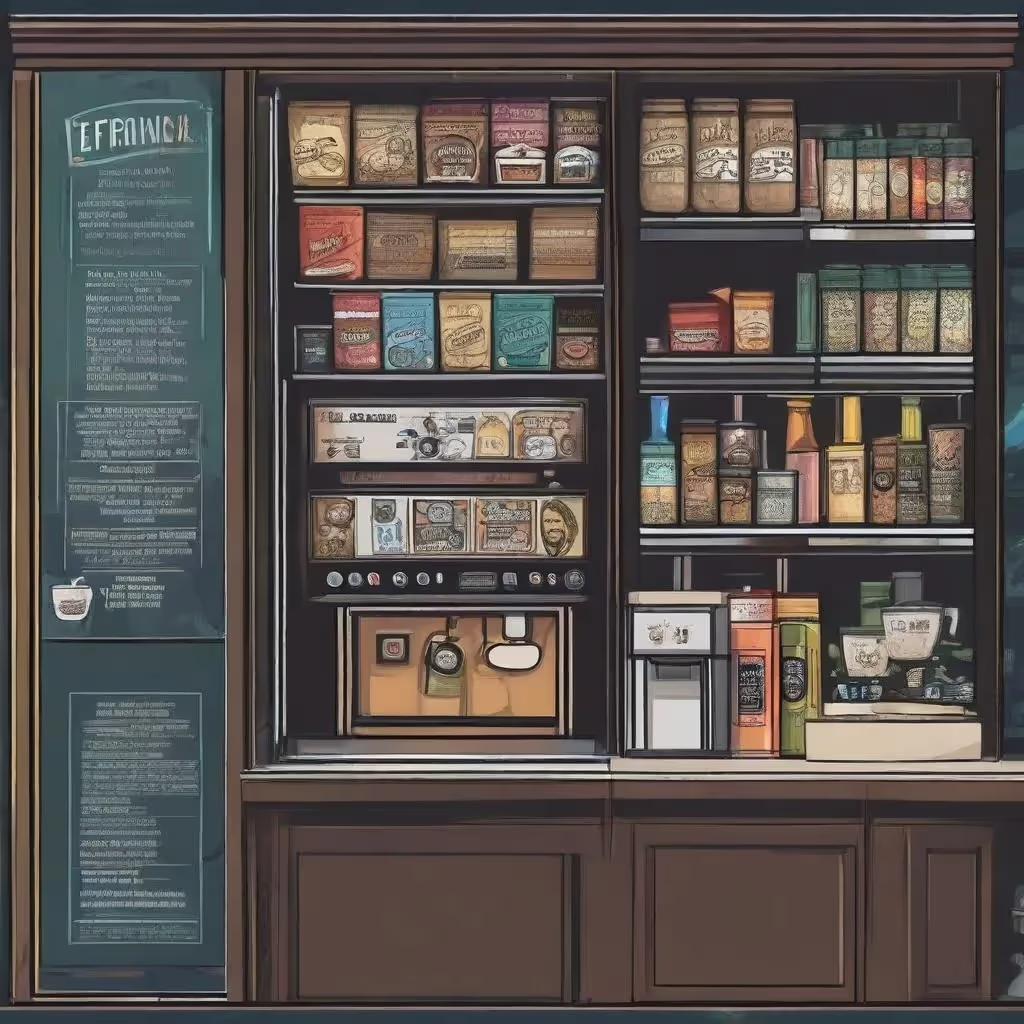



.avif)
